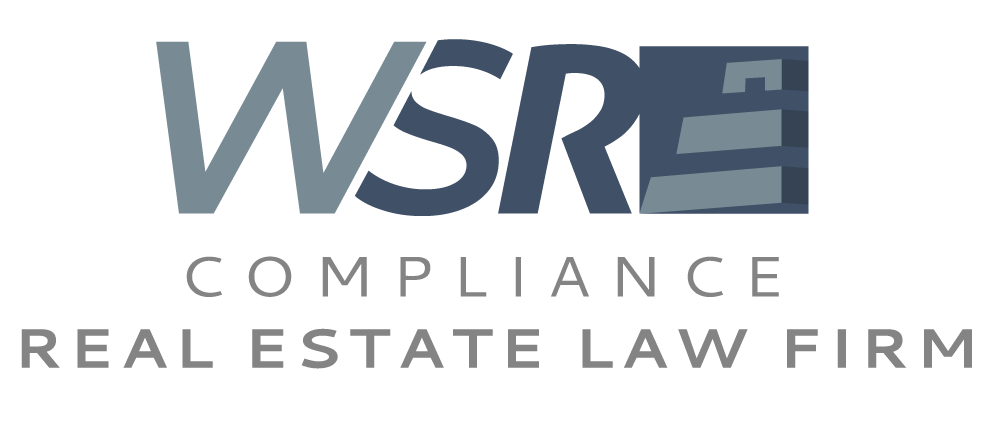WE WILL BE HAPPY TO ASSIST YOU
In the state of Quintana Roo, the Public Property Registry is constitutive in nature with respect to agreements and contracts involving the acquisition, transfer, modification, or extinction of ownership of real estate. Under state law, these acts are completed and take legal effect only after registration in the Registry.[1] For the proper registration of a public instrument, the following points must be considered:
1. FIRST PREVENTIVE NOTICE
A Notary Public who intends to formalize an act affecting real estate must file an initial notice regarding the act they intend to perform. This notice must include the transaction and the property in question, the names of the contracting parties, and the corresponding registration history. The main purpose of this notice is to establish priority over the rights to a property, since priority is directly linked to the date of receipt of the notice. The Initial Preventive Notice is valid for 30 calendar days from its filing date.[2]
2. SECOND PREVENTIVE WARNING
Upon signing the corresponding public instrument, the Notary Public must issue a second notice within the following 48 hours. This notice must include the information from the first notice, as well as the date and number of the instrument. The Second Preventive Notice is valid for 90 calendar days from its submission, during which time the registration process for the corresponding instrument must begin.[3]
3. REGISTRATION OF PUBLIC INSTRUMENTS
The registration process consists of receiving the instrument containing the act to be registered and paying the corresponding fees, which generates a registration receipt. The registrar then analyzes the information, verifies the background, and rates the requested registration. Finally, a registration receipt for the instrument is issued and physically delivered. [4]
4. REGISTRATION OF EVENTS
Various acts affecting real estate may be registered by court order, such as the acquisition of property by adverse possession, inheritance, or execution of a judgment. Likewise, it is possible to record a precautionary seizure, executive judgment, or enforcement procedure, provided that the requirements established by the legislation of the state of Quintana Roo are met and said acts are registrable in accordance with the applicable provisions.[5]
5. CERTIFICATE OF FREEDOM FROM ENCUMBRANCE
To prove that the property is free of liens and encumbrances, it is essential to request the corresponding certificate issued by the Public Property Registry of the state of Quintana Roo. This certificate must be requested at the corresponding office for the property in question. The delivery time for this certificate is approximately 15 days. However, it is possible to obtain it within three days in cases of extreme urgency.
6. REGISTRATION OF LEGAL ENTITIES
In the Legal Entities section of the Public Registry, all acts related to associations, civil and commercial companies with their registered offices in the state of Quintana Roo can be registered.
7. INFORMATION CONSULTATION
Sometimes it is necessary to consult the information stored in the Public Registry system. This search allows you to search for properties by registration number or by searching for the owner, whether an individual or legal entity. It is also possible to check for any annotations or liens that could affect the transfer of a property.
8. OBTAINING COPIES
If you need simple and/or certified copies of any document held in the Public Registry, you can submit a request. The delivery time for requested copies is approximately 20 days.
In the state of Quintana Roo, it is essential that public instruments involving acts related to a property be drawn up correctly and in compliance with the applicable legislation. Otherwise, registration with the Public Property Registry could be rejected. Below, we provide information on some of the documents that must be included in public instruments:
1.CADASTRAL CERTIFICATE
According to Quintana Roo State law, public notaries involved in transactions involving real estate must certify that the cadastral certificate is up-to-date and attach this document to the corresponding public instrument. The cadastral certificate is issued by the Cadastre Directorate of the municipality where the property is located and is valid for 30 calendar days.[6]
2. CERTIFICATE OF NO PROPERTY TAX DEBT
Public documents must certify that the property is current on its property tax payments. To do so, the corresponding document must include the payment receipt for the current two-month period, as well as proof of non-payment of property tax, both issued by the Municipal Treasury corresponding to the property’s address.[7]
3. CERTIFICATE OF NO DEBT FOR COOPERATION FOR WORKS
Under Quintana Roo state law, public notaries must verify payment of cooperation fees for public works. In the event of noncompliance with this provision, they will be jointly liable for the payment of the omitted fees. To fulfill this obligation, it is essential to make the payment and request the corresponding certificate of non-payment. These documents must also be attached to the public instrument.[8]
4. APPRAISAL
A real estate appraisal by an expert certified by the Quintana Roo State Government or a banking institution is mandatory. This appraisal is crucial for determining the tax base for the acquisition of real estate.[9]
5. CERTIFICATE OF NO DEBT ON CONDOMINATION FEES
In the case of properties owned by a condominium, the Notary Public must request from the transferor of the property the supporting documents proving that there are no outstanding maintenance and administration fees. The condominium administrator must issue a certificate of non-payment for these items. The certificate issued for this purpose must be attached to the corresponding public instrument.[10]
1. DECLARATION FOR PAYMENT OF PROPERTY ACQUISITION TAX
The Real Estate Acquisition Tax must be paid within 15 days of signing the public instrument. It is essential to file the corresponding declaration along with the required documents. The Municipal Treasury will then issue a determination of the tax payable. Timely filing and payment of the declaration avoids surcharges and updates.
2. CALCULATION OF TAXES AND FEES
It is important to thoroughly analyze every aspect of real estate transactions, identifying all tax implications and seeking the best strategies. Among the most common taxes are: Income Tax (ISR), Value Added Tax (VAT), Real Estate Acquisition Tax (ISABI), and the Cedular Tax.
3. PAYMENT MANAGEMENT
We are responsible for verifying and managing all payments related to public instruments. Our main objective is to ensure that contributions, fees, and taxes are paid fairly and equitably.
4. CHANGE OF OWNER
It is necessary to notify the Cadastre Directorate of the transfer of a property. This is possible once the public instrument evidencing the transfer of the property is registered in the Public Property Registry. Additionally, it is advisable to make the corresponding service changes.
WHY CHOOSE US
We have extensive experience advising foreign investors in Mexico.
We guarantee transparency, communication, and total commitment to our clients..
We offer customized and efficient solutions to our clients’ needs.
We provide the peace of mind of knowing that your investment will be safe.

